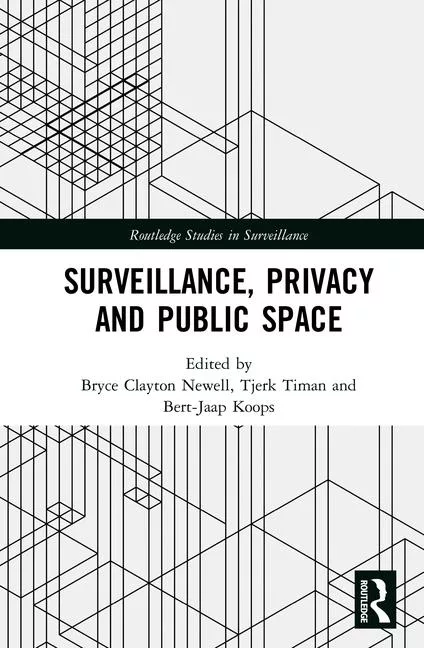7 Methods for Better Perimeter Surveillance
Effective perimeter security depends on accurate intrusion detection. A solution that permits false and nuisance alarms undermines confidence in the system and erodes the confidence of those tasked to respond. Although many different factors can impact the accuracy of perimeter security systems, today’s intelligent video surveillance systems can help you to eliminate false and nuisance alarms and increase trust in your intrusion solution in a number of ways.
Filter outdoor movement
Movement from wind, trees and leaves, small animals, even blowing trash can trigger nuisance alarms in outdoor video analytics systems. Today’s smarter cameras use image processing to filter out such movement and send only authentic alarms that represent an actual threat. When security operators can count on accurate information, they will execute a response with vigilance. In contrast, when a system consistently produces nuisance alarms, operators will come to ignore them.
Use thermal cameras
Advancements in the sensitivity of thermal imagers and more sophisticated image processing have increased the effectiveness of thermal cameras for 24-hour use. On-board video processing now emphasizes small temperature differences between objects and the background to exaggerate the details and present a clearer image. Increased capabilities extend the value of outdoor thermal cameras to see more, detect more and operate 24-hours a day. Thermal cameras are also impervious to nuisance alerts caused by headlights or sun reflections from water.
Choose cameras that use GPS for accuracy
Accurate smart cameras use GPS to interpret the size of all objects, allowing you to set precise size filters. Without GPS awareness, a small animal close to the camera would appear substantially larger than a person moving off in the distance, so the camera would alarm on the small animal and miss the human intruder. When securing large perimeters and outdoor areas, cameras must always detect the person anywhere in the camera’s field of view and ignore small animals. GPS is the foundational technology for achieving accurate size filters to detect what’s important.
Use video for visual confirmation of breaches
Numerous sensors and other technologies can provide early detection of a perimeter security breach, but only video provides inherent visual confirmation with the alarm for quick decisions. Such visual confirmation saves valuable time to respond.
Measure detection range accurately
The best practice to determine the true range of an outdoor camera is to measure the distance at which it can automatically detect a person walking directly toward the camera (inbound). This is the most difficult task for a smart camera because a person walking toward the camera produces the least amount of motion.
On the other hand, a person walking across the camera's field of view creates a larger amount of motion, so that is easier to detect at longer ranges. When cameras are placed according to their cross-field detection ranges, you will leave large gaps in coverage where an intruder will go undetected.
To achieve 100-percent coverage, always place cameras according to their inbound detection capabilities. If your camera manufacturer does not specify how their ranges are measured, it’s best to ask for a live demonstration of the camera’s detection range.
Avoid bind spots in coverage
Every security camera has a blind spot, which must be considered in the perimeter system design because this area can include a meaningful portion of the camera's range. Narrowing a camera's field of view to increase its detection range further extends the blind spot under the camera. Effective perimeter security systems must be designed with a “zero blind spot” approach, with each camera's view overlapping the blind spot of the camera in front of it.
Choose equipment hardened for the outdoors
To ensure dependability and continuous accurate coverage, outdoor cameras need to be protected from humidity, sand and extreme temperatures. Otherwise, normal expansion and contraction due to temperature changes throughout the day could allow grit, dust or humidity to enter a camera's housing and impact the electronics and/or cloud the lens. Sealed, nitrogen-purged cameras tested to meet NEMA 4X standards can withstand harsh environments.
Use Web-based software to ensure a solid design
Some camera manufacturers have Web-based design tools available to assist integrators, engineers, and end users design a smart camera system that addresses blind spots, determines detection range and helps enforce best practices to ensure detection accuracy.
By making smart choices in product selection and implementing best practices, false and nuisance alarms that once plagued outdoor security solutions are being relegated to the past. Smart outdoor video systems now provide a high level of accuracy that ensures effective perimeter security and justifies increased confidence among operators and end-users.
Looking for a reprint of this article?
From high-res PDFs to custom plaques, order your copy today!






